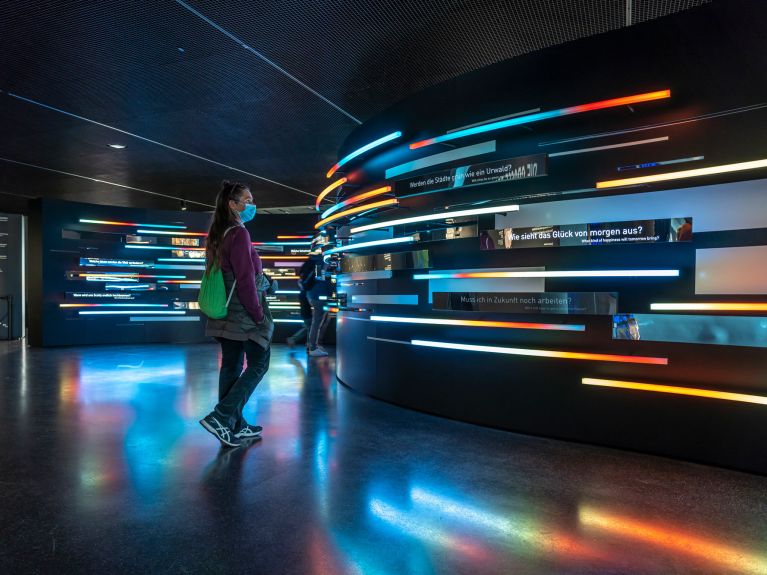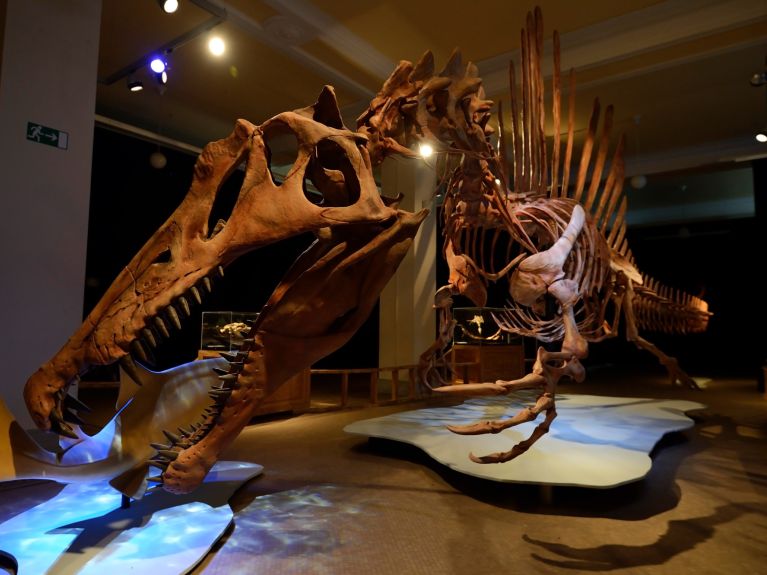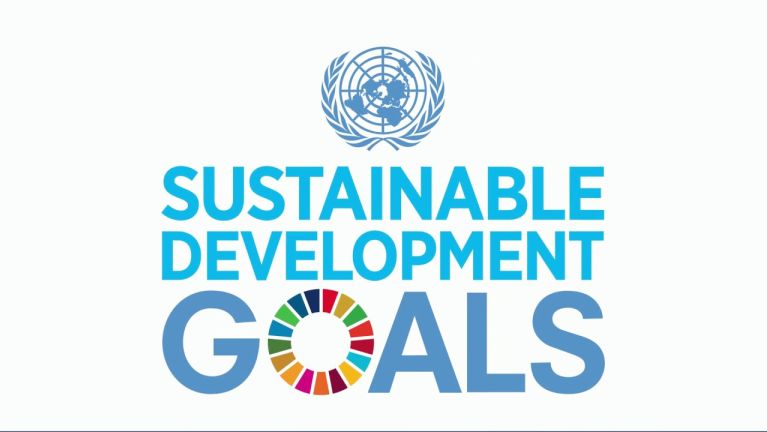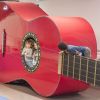How museums are becoming greener
Sustainability is a challenge for the art world. We reveal how German museums intend to achieve it.

Resource-intensive new museum buildings, air-conditioned exhibition rooms, global transport of artworks that are as sensitive as they are famous – the museum business is not exactly sustainable in many areas. Let us introduce you to some programmes and initiatives designed to make museums in Germany “greener”.
Sustainability code for museums
Dieses YouTube-Video kann in einem neuen Tab abgespielt werden
YouTube öffnenThird party content
We use YouTube to embed content that may collect data about your activity. Please review the details and accept the service to see this content.
Open consent formThe German Museums Association is planning to drawn up a sustainability code in 2022, with a draft certification model for museums and the organisations that operate them to be available in 2023. This is because, “as places of education and encounters, museums have a high degree of responsibility in the area of sustainability”, explains the Museums Association. The Association sees itself as being bound by the Sustainable Development Goals of the United Nations.
Carbon calculator in museums

The Aktionsnetzwerk Nachhaltigkeit, a sustainability action network funded by the Minister of State for Culture and the Media, is also keen to promote “greener” art venues. In a pilot project, the initiative is overseeing 16 cultural institutions in the state of North Rhine-Westphalia, among them the Folkwang Museum in Essen and the Museum Ludwig in Cologne, as they use carbon calculators and identify their carbon footprint. The idea is that the institutions in question will be able to determine where emissions are generated and which countermeasures could be taken.
“Down to Earth” at the Gropius Bau

In the summer of 2020, the Gropius Bau in Berlin already gave a concrete demonstration of how sustainable art exhibitions could be staged. For “Down to Earth”, an exhibition about the climate crisis that was shown there, a conscious decision was made not to fly in the participating artists. The power supply was even shut down for an entire month. In so doing, the curators wanted not only to provide some artistic food for thought about the climate, but also to engage critically with their own energy consumption.
Sustainable renovation of museums

The issue of sustainability is also on the agenda at other institutions, however: the Museum für Naturkunde (museum of natural history) in Berlin, one of the largest of its kind in Germany with around 30 million exhibits, has been undergoing renovation for years that will see it expanded into a science campus – modelled on the idea of a “green museum”. For example, a geothermal system with heating and cooling loops has already been installed in the exhibition halls so that the room temperature can be regulated with low energy consumption. By 2030 the entire building is to be redesigned to achieve climate neutrality.
You would like to receive regular information about Germany? Subscribe here:



